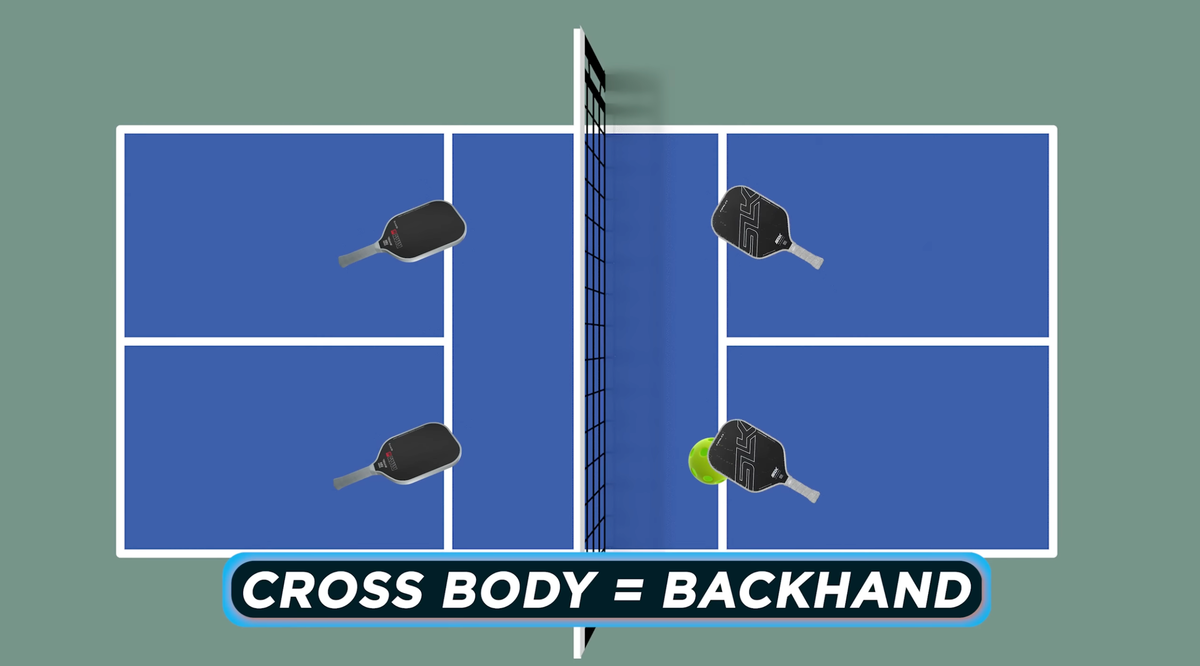Players of pickleball everywhere would certainly agree that the most vexatious game error is the net fault.
Defining a Net Fault
A net fault occurs when a returned ball sails into the netting or thwacks the net cord and fails to land into the opposing court. Unlike other potential faults, a net fault always results in a dead ball and loss of the rally.
When a team is racking up net faults in a game, the outlook for victory seems bleak. Conversely, the team that keeps net faults to a minimum should be on the path to winning the game. Are these claims true?
The following hypothesis is proposed:
The number of net faults committed by a team in a game of pickleball is a surrogate of the team’s performance and is predictive of the outcome of the game.In other words, the ultimate game score for a team is inversely proportional to the number of net faults committed by said team.
Putting it to The Test
A video analysis of 32 games from the 2024 PPA CIBC tournament in San Clemente, California, was conducted to test this hypothesis and assess net faults in pickleball. The analysis covered semifinal and final matches in women's, men's, and mixed doubles, along with random pool play games. Net faults included serves, drives, dinks, volleys, or any return that hit the net, net cord, or post.
Table 1 provides a summary of the tournament games with respect to the incidence of net faults committed by the winning team relative to the losing team in each doubles category.
Table 1: Incidence of Net Faults Committed by the Winning Team
| Winning team has fewer net faults than losing team | 7 (64) | 9 (82) | 7 (70) | 23 (72) |
| Winning team has same number of net faults as losing team | 2 (18) | 1 (9) | 2 (20) | 5 (16) |
| Winning team has 1 more net fault than losing team | 2 (18) | 1 (9) | 1 (10) | 4 (13) |
Results
Overall, the winning team committed fewer net faults than the losing team in 23 out of 32 cases, or 72% of the time (range of 64% to 82%). Furthermore, the winning team committed an equal or fewer net faults than the losing team in 88% of the combined games.
Remarkably, for the remaining four games, the winning team had accrued only one more net fault than the losing team. There were no cases in which the winning team had two or more net faults than the losing team. This data analysis suggests that the team that accumulates less than or equal to the number of net faults than the opposing team will win the game nine times out of ten, and the team can (will) still win if the difference is a single net fault.
A Look at The Data
Let’s break down the average number of net faults committed per game by team. Table 2a, Table 2b, Table 2c, and Table 2d show the mean, median, and range of number of net faults committed by the winning and losing teams in the women's doubles, men's doubles, mixed doubles, and combined doubles categories, respectively.
Table 2a: Number of Net Faults (Women's Doubles)
Team | Mean | Median | Range |
Winning | 6.1 | 6 | 2-11 |
Losing | 9.7 | 10 | 6-16 |
Table 2b: Number of Net Faults (Men's Doubles)
Team | Mean | Median | Range |
Winning | 4.5 | 5 | 2-8 |
Losing | 7.9 | 7 | 3-12 |
Table 2c: Number of Net Faults (Mixed Doubles)
Team | Mean | Median | Range |
Winning | 5.8 | 6 | 2-12 |
Losing | 8.0 | 8 | 5-11 |
Table 2d: Number of Net Faults (Combined Doubles)
Team | Mean | Median | Range |
Winning | 5.4 | 5 | 2-12 |
Losing | 8.6 | 9 | 3-16 |
Summary
In each competitive category, the losing team committed about one-third more net faults than its winning opponent. This translates to a difference of two to four net faults between the winning and losing teams.
It can be generalized that the team that accumulates five or fewer net faults will eventually win the game, and the team that accumulates nine or more net faults is destined to lose the game. Moreover, it can be asserted that the team that commits two or more net faults than its opponent will lose the game.
This analysis supports the hypothesis that incurring a high number of net faults adversely affects the odds of winning a pickleball game and, its corollary, a low number of incurred net faults is predictive of victory. Although this analysis was performed on games played by professionals, the results should be extrapolatable to recreational pickleball players.
The Takeaway Message
Knowing that the number of accrued net faults is a surrogate of team performance, a team should endeavor to minimize the number of net faults to improve performance and, hence, increase the likelihood of victory.
Anuncie Aqui / Advertise Here
Sua marca para o mundo Pickleball! / Your brand for the Pickleball world!

 English
English  Spanish
Spanish  Portuguese
Portuguese  German
German  Italian
Italian  Japanese
Japanese  French
French  Polish
Polish  Russian
Russian  Netherlands
Netherlands  Hungarian
Hungarian  Turkish
Turkish  Videos
Videos 








 English (US) ·
English (US) ·  Portuguese (BR) ·
Portuguese (BR) ·